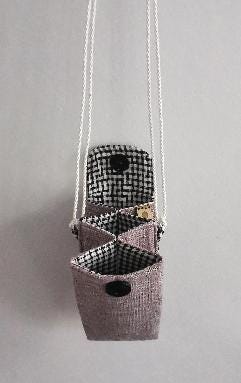Linen’s history stretches back thousands of years. Archaeological findings suggest that linen was used in Mesopotamia and Egypt as early as 8000 BCE. In ancient Egypt, linen was considered a symbol of purity and light. It was so highly valued that it was used to wrap mummies and served as a form of currency in trade. Egyptians referred to it as “woven moonlight,” and it played an essential role in religious rituals and the clothing of the elite.
The Romans also prized linen for its comfort in the Mediterranean climate, and by the Middle Ages, linen had become widespread in Europe. It was commonly used in undergarments, household textiles, and sails. In the 17th and 18th centuries, Ireland became a significant center for high-quality linen production, especially in the region around Belfast, which came to be known as “Linenopolis.”
From flax to linen:
The process results in a textile that is exceptionally strong and environmentally friendly.
Cultivation: Flax grows best in temperate climates with well-drained soil. It takes about 100 days to grow from seed to harvest.
Harvesting: Unlike cotton, flax is not cut but pulled from the ground to preserve the long fibers. It is then dried and the seeds removed through a process called rippling.
Retting: The next step involves loosening the fibers from the stalk through retting, which can be done using water (water retting), dew, or chemicals.
Breaking and Scutching: The dried flax is broken to remove the woody parts of the stalk, then scutched to separate the fibers.
Hackling: This combs the fibers to straighten them and remove impurities.
Spinning and Weaving: The cleaned fibers are spun into yarn and woven into fabric using looms.
Linen possesses a unique set of qualities that distinguish it from other fabrics:
Breathability: Linen fibers allow air to flow easily, making it ideal for warm weather clothing and bedding.
Moisture-Wicking: It can absorb up to 20% of its weight in moisture before feeling damp, helping keep the skin dry.
Durability: Linen is one of the strongest natural fibers and becomes softer and more comfortable with each wash.
Textural Beauty: Linen has a natural luster and texture that lends it a rustic, organic charm.
Wrinkle-Prone: A common characteristic of linen is its tendency to wrinkle, which many see as part of its aesthetic appeal.
Linen’s versatility has made it a staple in various domains:
Apparel: Linen is popular in summer fashion for shirts, trousers, dresses, and suits due to its breathability.
Home Textiles: It is commonly used in bed linens, tablecloths, napkins, curtains, and upholstery.
Industrial Applications: Historically, linen has been used in bookbinding, canvas for painting, and even fire hoses.
Luxury Goods: High-end brands often use linen for its elegance and eco-friendly appeal.
One of linen’s most significant advantages is its environmental sustainability:
Low Water Use: Flax requires considerably less water to cultivate than cotton.
Minimal Pesticides: It can often be grown with little or no chemical intervention.
Biodegradability: Linen is fully biodegradable, decomposing naturally without harming the environment.
Byproducts: The entire flax plant can be used, minimizing waste. The seeds are used for linseed oil or animal feed, and shives (woody byproducts) can be used in insulation or compost.
Throughout history, linen has held symbolic meaning in various cultures. In ancient times, it represented purity, spirituality, and wealth. In Christian liturgy, linen is traditionally used in altar cloths and clerical garments, signifying sanctity and cleanliness.
In Japan, linen was appreciated for its cooling properties and fine weave, used in traditional summer clothing. In the modern era, linen has seen a resurgence, especially among younger consumers seeking natural and sustainable alternatives to synthetic textiles.


